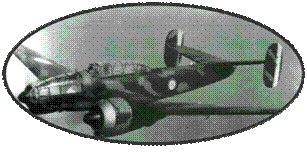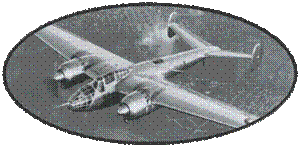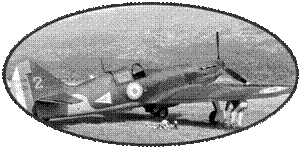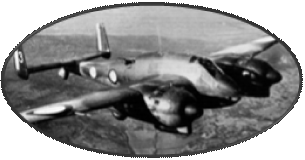6
Farman F224 were built for Air France, but refused by it, they were
delivered to the Air Force.
To date,
of the 6 aircrafts manufactured, 6 are listed in the list below
:

The Farman F224 responded
to a prototype market designed to provide Air France with a four-engine
passenger transport capable of providing Paris-London and Paris-Marseille
connections.
The prototype F224.01 is
built in Billancourt in 1936: it takes the wing of the Farman 222,
and is powered by four Gnome-Rhône 14 kdr 800hp. Its fuselage,
specific, is designed to comfortably carry 40 people. The cabin
has several passenger cabins separated by toilets, a bar, and luggage
compartments. The crew, consisting of a pilot, a mechanic, and a
radio-navigator is grouped in the cockpit located above the bar.
The Farman F224.02 was presented
to the public at the Grand Palais during the Aeronautical Exhibition
in November 1936, and at the end of the year, the civil registrations
for the six aircraft ordered were already reserved with the civil
aviation services ( F-APMA to F-APMF). On January 2nd, 1937, the
Farman F224.01 made its first flight. The aircraft carries out manufacturer
tests before joining the CEMA (Center of Experimentation of the
Air Equipment). He is then transported to Le Bourget by the Air
France test pilot: Lionel de Marmier. From the third plane, the
Farman F224 being manufactured receive Gnôme-Rhône 14N0
/ N1 825ch engines.
However, the Farman F224
will not get its certificate of airworthiness: its takeoff distance
is considered too important. The company Air France therefore logically
canceled his order.
It is the Air Force that
will finally use these six aircrafts. In search of transport planes
for its brand new airborne force, the Air Force has in the first
place turned to the company Dewoitine (integrated into the SNCAM
since the privatization), but the ordered D339 will never be delivered.
The order is therefore changed to carry on commercial aircraft DD38
and 6 Farman F224 under test and renamed F224 TT for the occasion.
It was not until April 1939,
that the Farman F224 TT modified to be able to transport 39 Parachutists
are certified by CRAS (Center of Reception of the Planes of Series).
The aircraft are assigned to the GIA 602 (Air Infantry Group) in
September and based in Istres. In November 1939, they are moved
to Calais: these devices are integrated in a plan for a troop transport
to Holland in case of German invasion by that country. Finally the
plan is abandoned.
At the time of the German
attack of May 10, 1940, four of the F224 TT GIA 601 were based in
Avignon. After the Armistice, the two GIAs, 601 and 602 are dissolved
and the aircraft grounded by the flight ban.
Finally the surviving aircraft
were assigned to the GTI / 15 and GT II / 15 transport groups, some
of which will be destroyed on the ground by Allied hunters during
the landing in North Africa.













